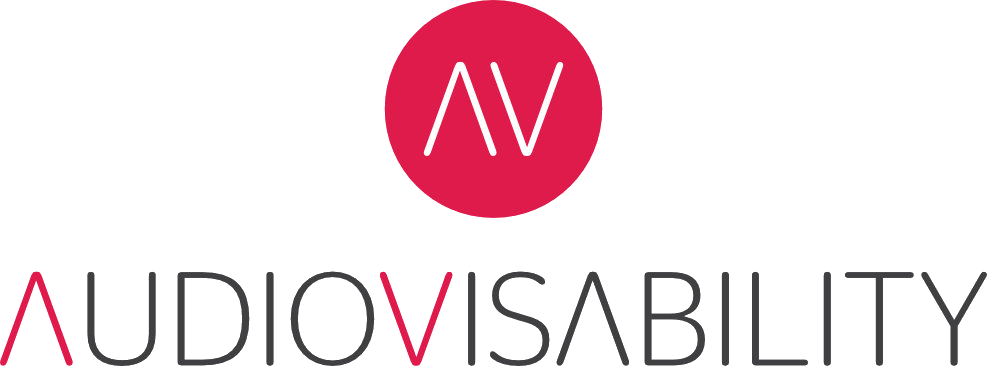Review
“…Highly creative, richly expressive,
The Unheard World is deeply compelling”
Lauraine Leigh Klugman’s review
Gentle, moving and compelling, this afternoon programme’s tone was heralded by its pleasing abstract title design above on a backdrop screen, and by director Ruth Montgomery’s welcoming words.
Ruth describes herself on www.ruthmontgomery.co.uk as ‘unfazed by her deafness’, and she is hugely talented as well as modest. Audiovisability highlights the huge level of diversity in the Deaf world by bringing together different levels of hearing loss, two different languages (spoken and visual), and a range of art disciplines. I was wow-ed by this experience of their work.
Here were stories of 3 people’s experiences of living with and through desperate situations, integrated in a containing, life-affirming way on stage by a skillful imaginative structure.
6 accomplished musicians were accompanied by Creative Music Signer Nadia Nadarajah. Rihab Azar’s atmospheric oud was accompanied by varied insistent percussion, by deep dark cello notes, and by expressively taut viola and violin, and wonderfully fluid dancing notes of the flute.
The integration of Deaf Culture and its language (British Sign Language (BSL)) with the musical world is new to me, as it was to 2 fellow audience members who themselves were deaf. It seems that British Sign Language, like music, has repetition, rhythm, rhyme, alliteration, and metre. Here the combination proves winning for audiences both deaf and hearing, judging by the final noise of clapping and raising of rotating hands.
Stories of Syria and Belonging were delivered poetically: ‘Dawn’, ‘Dance’, then ‘Pain’. Somehow the beauty of ‘Damascus Rose’ emerged after ‘Hope’.
Attempting to imagine how it might be if I were not merely hard of hearing occasionally but profoundly deaf, I was drawn mesmerizingly to Nadia Nadarajah’s gracefully expressive hands, fingers and face portraying mood and sounds.
Highly creative, richly expressive, The Unheard World is deeply compelling. The caption ‘Mothers have lost children’ was reflected in Rachel Gadsden’s vivid live paintings including bloody and fulsome abstract images, the viola suggesting a pungent and extraordinarily powerful thumping heart.
Waseem Kotoub’s stories feature music and visual arts that explores migration, culture, deafness and identity: ‘Dusk’ featured fluid waves on the River Nile, becoming firm beats, all musicians playing into a tensely held moment – and on a sudden, the caption ‘Silence’ presented the audience with the unexpected: our musicians miming: the tables were turned for long seconds on those who can hear, perhaps echoing the story of the little Sudanese girl losing her hearing through meningitis.
‘Torn’, somehow succeeded by hope implied by ‘Blossom’, was delicately played by Ruth’s dancing flute. Again new life and hope seeped through infinitely sad experiences.
Finally, somewhat feistily, Lawand a short film featured talented young Layla Fitzgerald-Woolfe BSL storytelling, while in the foyer Stephen Iliffe’s photography of a Syrian 7 year old, wide-striding to touch his bedroom alcove ceiling, metaphorically suggested his family’s earnest desperate desire to remain in Britain now they have found a foothold. Supported by The Arts Council England, The Arab British Centre, Decibels Charity Reading, and others, showing next in Brighton December 6th, this work deserves wide promotion.
Lauraine Leigh Klugman


